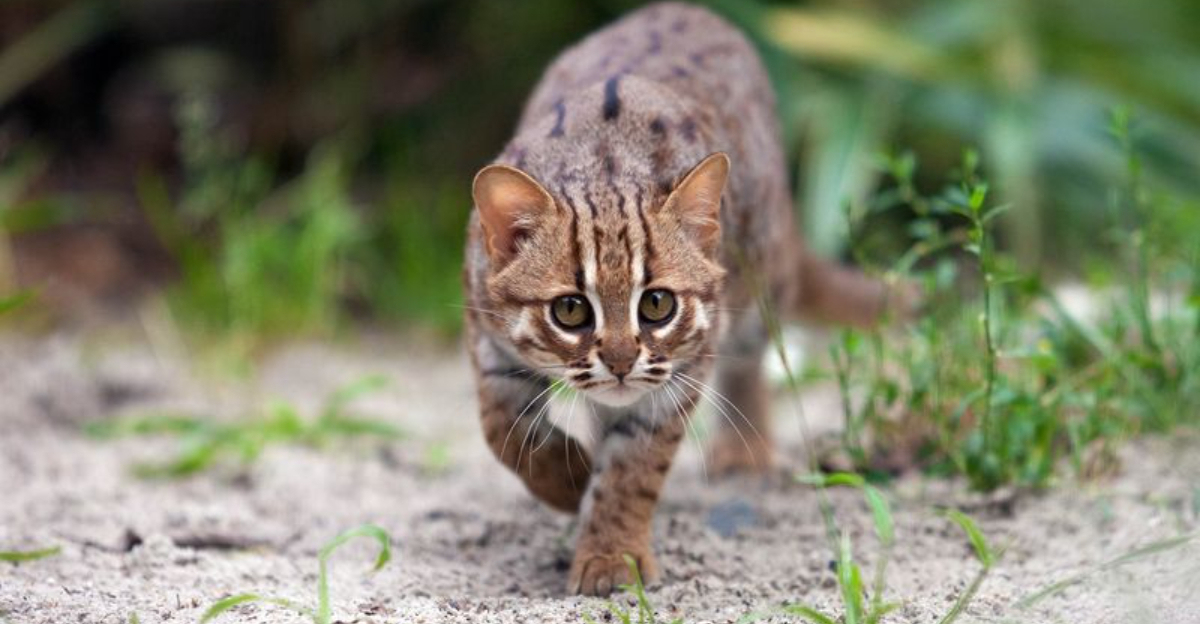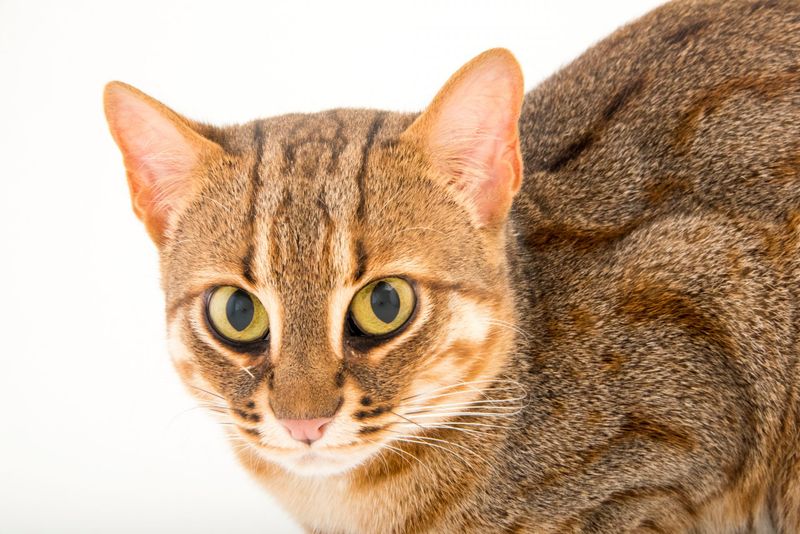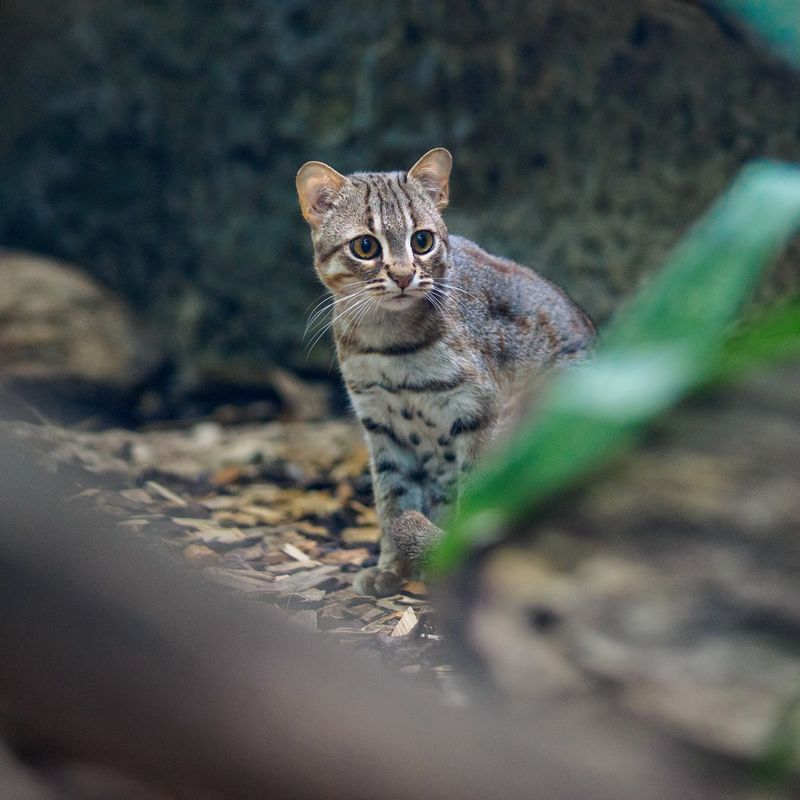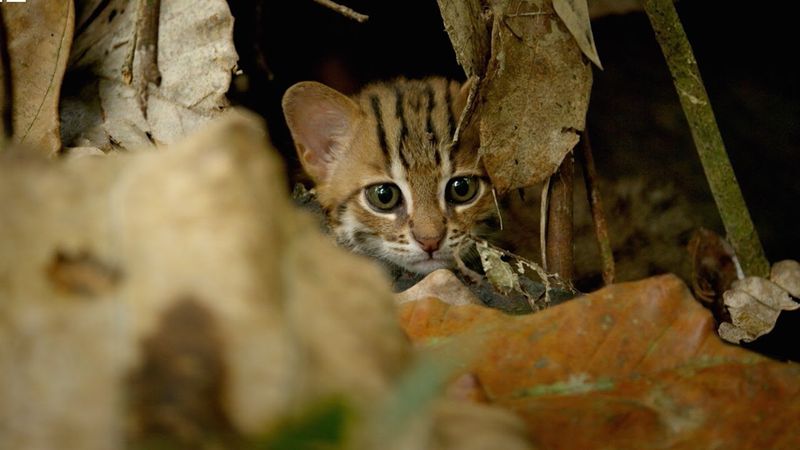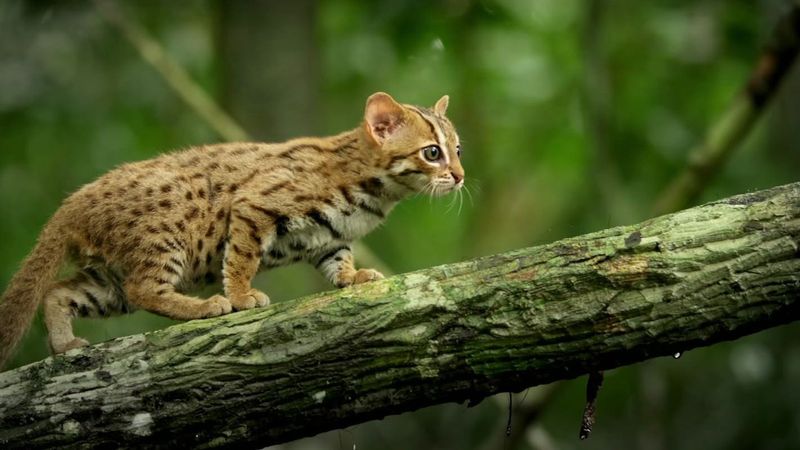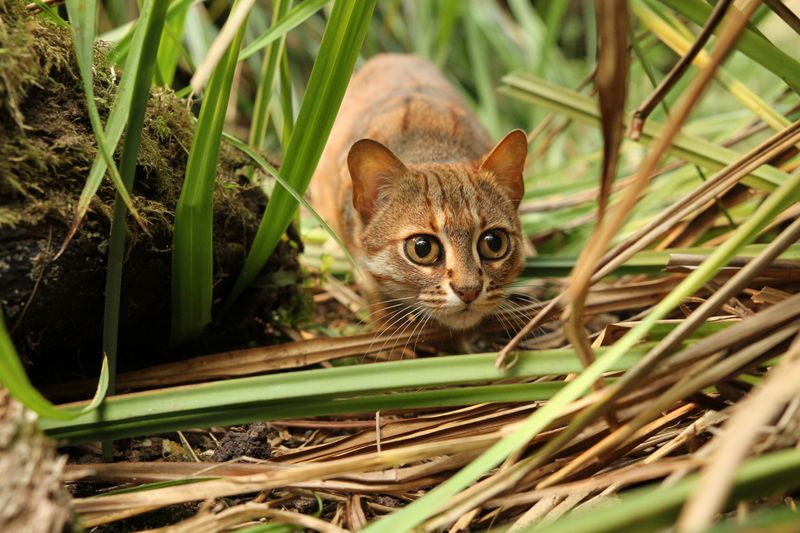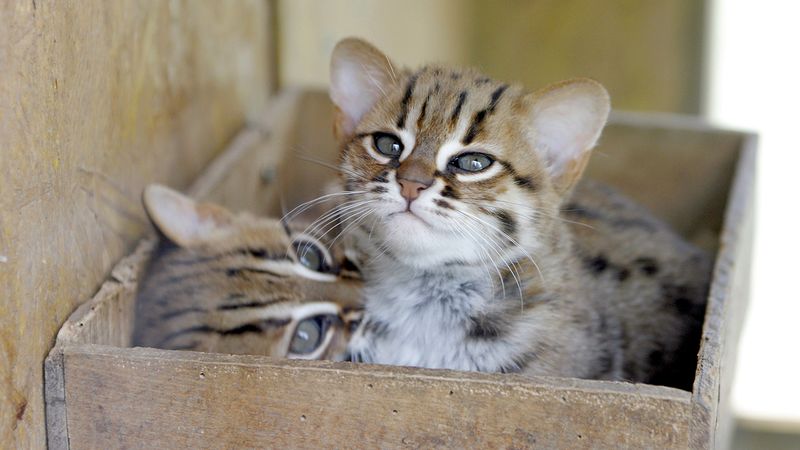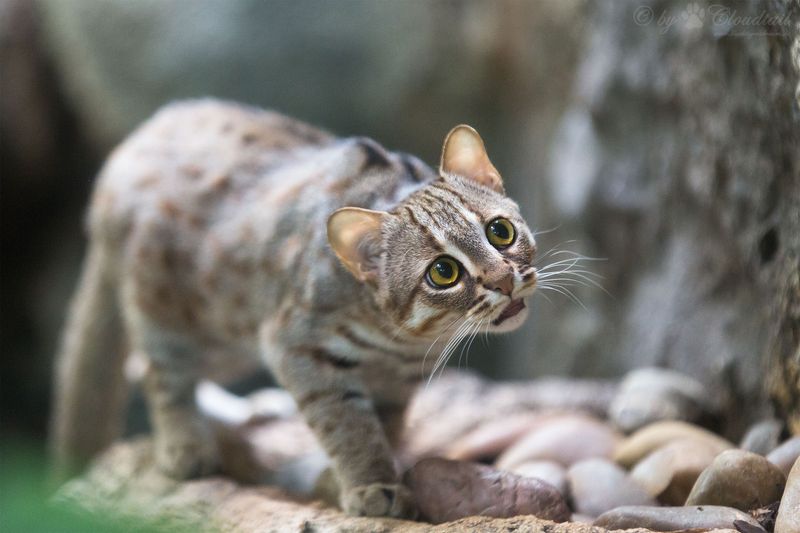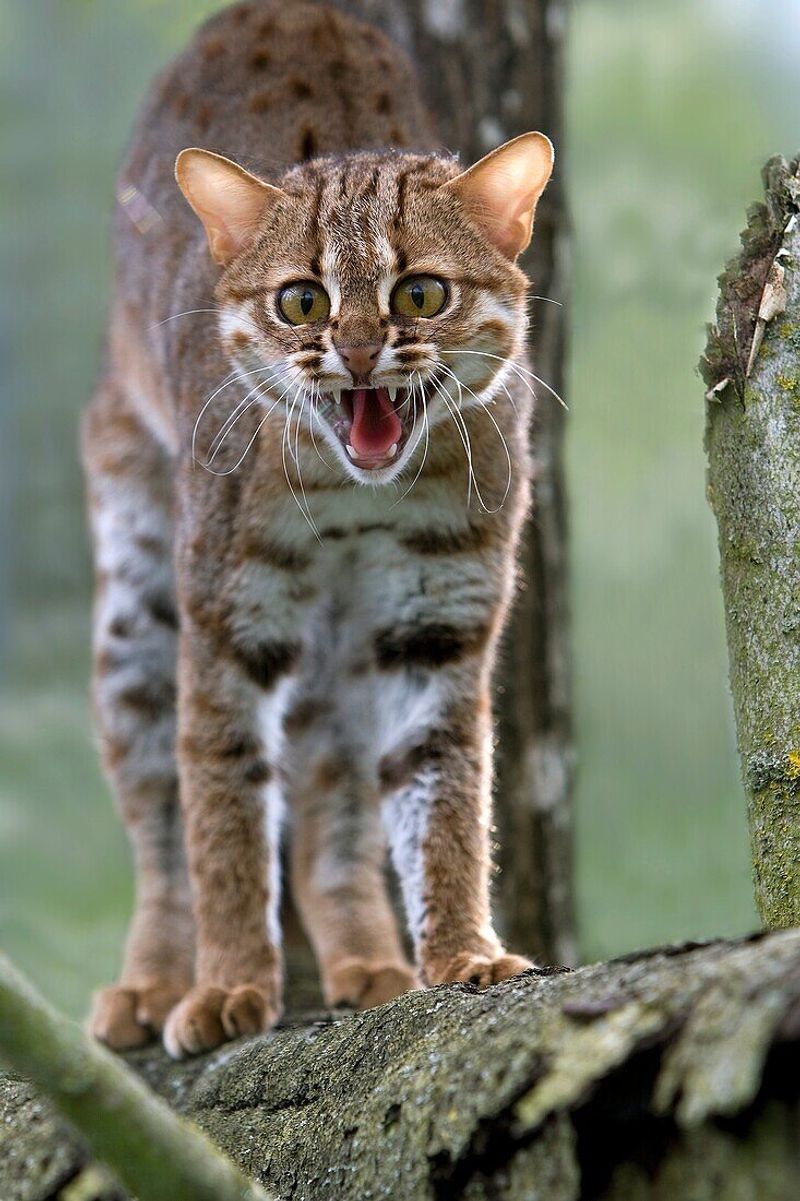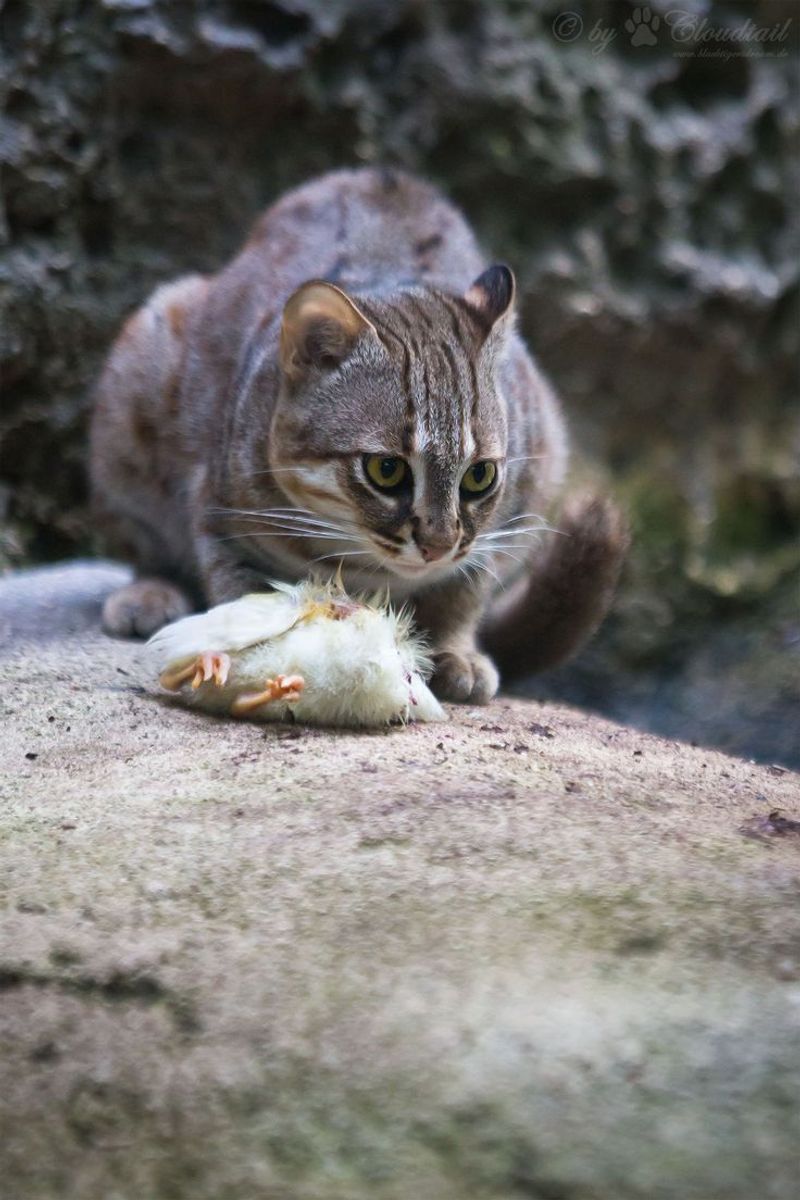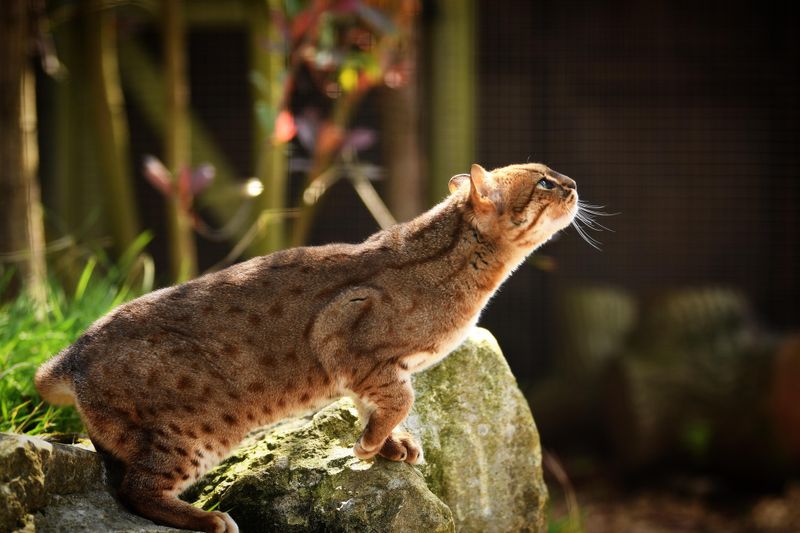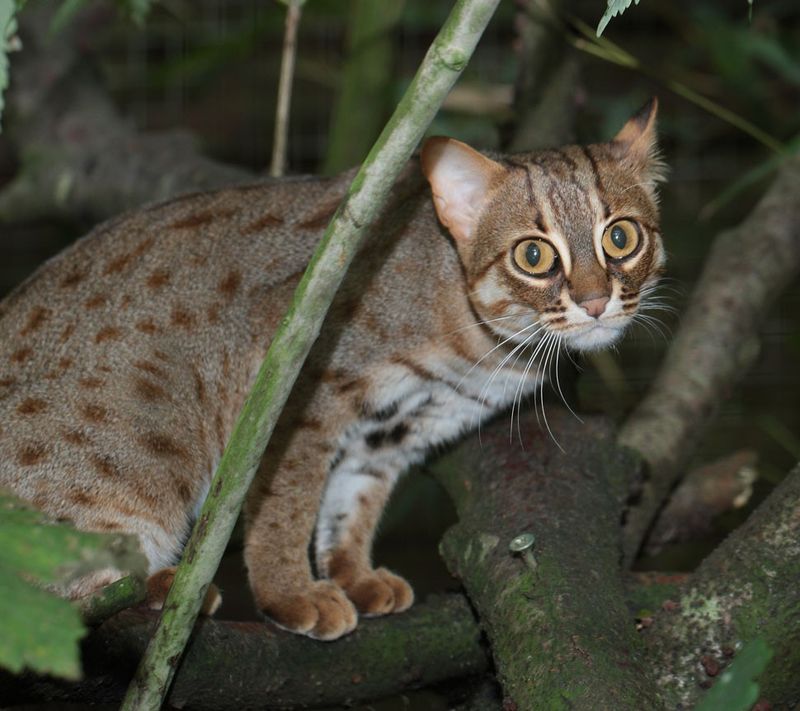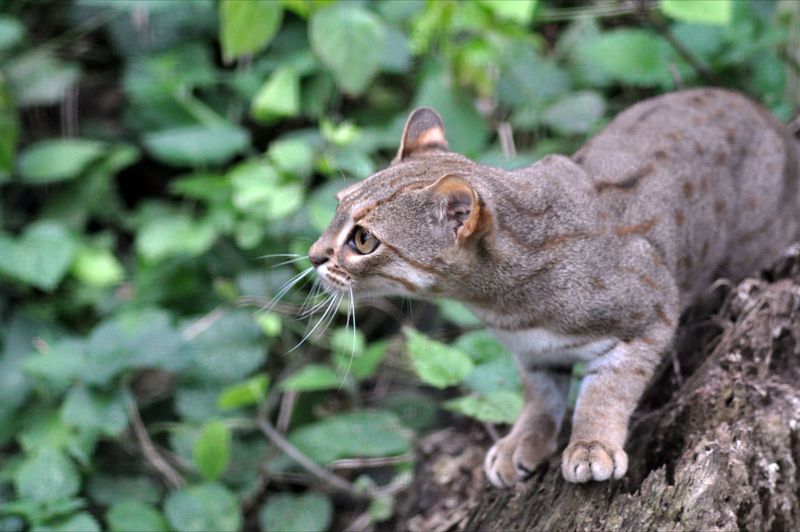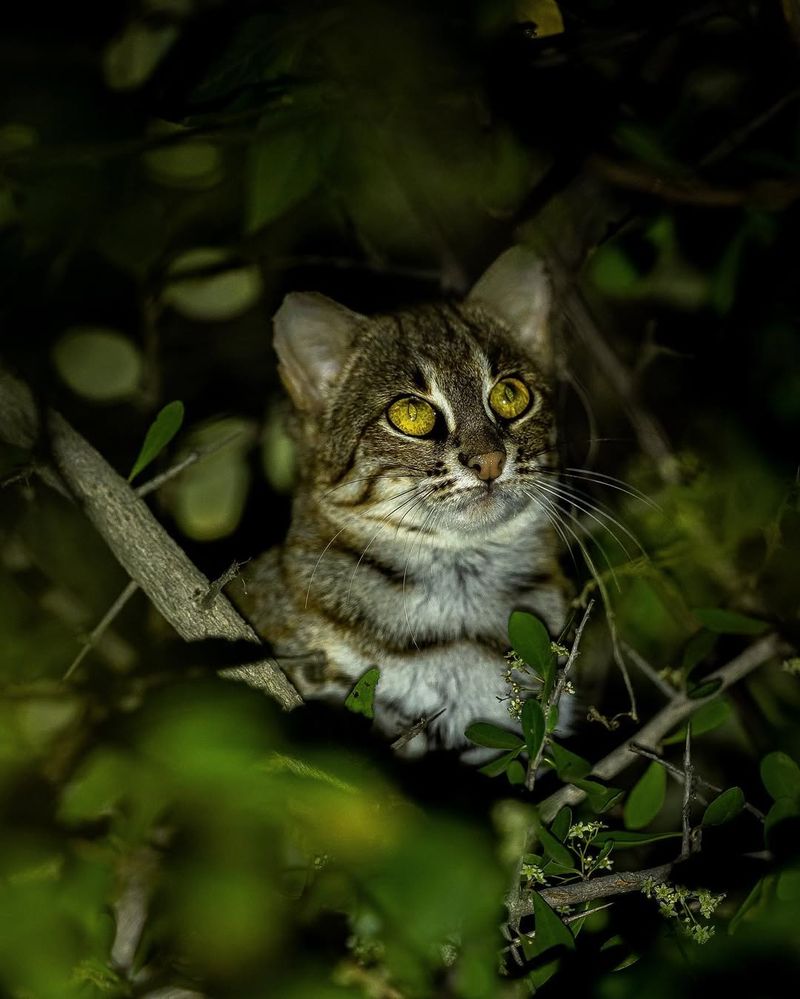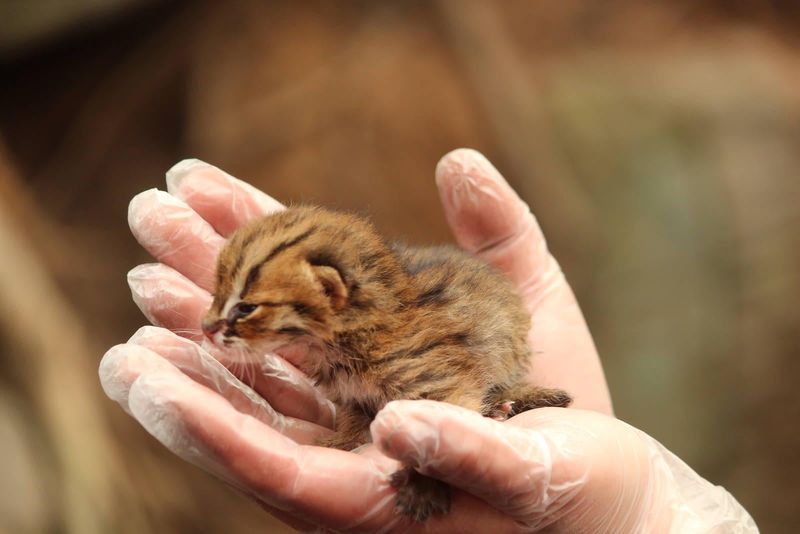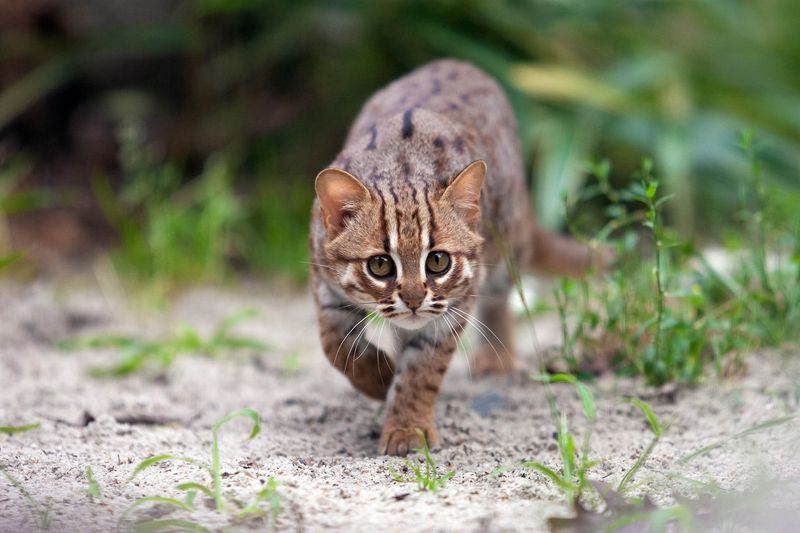📖 Table of Content:
- 1. Distinctive Coat Patterns
- 2. Elusive Habitats
- 3. Solitary Lifestyle
- 4. Agile Hunters
- 5. Conservation Status
- 6. Reproductive Habits
- 7. Communication Tactics
- 8. Adaptations for Survival
- 9. Dietary Preferences
- 10. Cultural Significance
- 11. Threats from Human Activity
- 12. Lifespan in the Wild
- 13. Night Vision Abilities
- 14. Social Media Sensation
- 15. Smallest in the Wild
The rusty-spotted cat is often celebrated as the smallest wild cat in the world, drawing the attention of wildlife enthusiasts and researchers alike. Found primarily in the forests of India and Sri Lanka, this elusive feline remains a mystery to many. Despite its tiny size, the cat leads a complex and fascinating life, with traits that set it apart from other wild species.
What makes the rusty-spotted cat truly remarkable is its ability to thrive in dense, tropical forests. It is not just small in stature but also highly adaptable, using its size and agility to navigate the dense underbrush with ease. Although rarely seen in the wild, its predatory nature and remarkable survival skills are subjects of ongoing research.
Conservation efforts are essential for preserving this tiny but mighty feline, as its habitat faces growing threats from human activity. The rusty-spotted cat may be small, but its importance to the ecosystem is significant. Understanding this unique predator is key to protecting its future and ensuring its place in the wild.
1. Distinctive Coat Patterns
The rusty-spotted cat sports a beautiful coat adorned with distinctive rusty spots, which give the cat its name. These spots are primarily found on the sides and back, blending seamlessly with the cat’s greyish-brown fur.
The underbelly, in contrast, is a pale whitish color, offering a striking juxtaposition. This unique patterning not only adds to its charm but also provides excellent camouflage in the wild. The blend of colors ensures that the cat remains undetected by both prey and predators. Its coat is a perfect example of nature’s artistry.
2. Elusive Habitats
Found in the dense forests and grasslands of India and Sri Lanka, the rusty-spotted cat thrives in environments that offer plenty of cover. These habitats are perfect for hunting and staying hidden from larger predators. As a nocturnal creature, it prefers to remain active during the night when it can move unseen.
Its elusive nature and the dense environments it calls home make it a rare sight even for seasoned wildlife observers. Conservation efforts are underway to protect these vital habitats, ensuring that the Rusty Spotted Cat continues to thrive in its natural surroundings.
3. Solitary Lifestyle
Solitary by instinct, the rusty-spotted cats mark their territory with scent to maintain their space. They are primarily nocturnal and prefer to hunt alone, avoiding other cats except when it’s time to mate. This solitary behavior helps minimize competition, ensuring they have enough resources in their designated areas.
Their territories are marked with facial pheromones and urine, communicating their presence to others. Males typically cover larger ranges than females, traversing more ground in search of food and potential mates. Their solitary existence is a key aspect of their survival strategy.
4. Agile Hunters
Despite its small size, the rusty-spotted cat is a formidable hunter. It preys on small animals such as rodents, birds, and insects, using its keen senses and agility to catch them. Its sharp claws and teeth make short work of its prey. The cat employs a stealthy approach, relying on surprise and speed to capture its meals.
This hunting technique is vital for conserving energy, a necessity given its small stature. The rusty-spotted cat’s ability to take down prey quickly and efficiently is a testament to its prowess as a predator in its ecosystem.
5. Conservation Status
As a Near Threatened species on the IUCN Red List, the rusty-spotted cat faces significant challenges from habitat loss and fragmentation. Deforestation and agricultural development are major threats to its survival. Conservation groups are actively working to safeguard its habitats and prevent illegal poaching.
Protected areas and wildlife corridors have been established to facilitate safe movement and encourage population growth. Public awareness and education programs are also vital in promoting the importance of conservation efforts. Preserving this unique species requires a collective effort from governments, NGOs, and local communities.
6. Reproductive Habits
During their breeding season, female rusty-spotted cats typically give birth to one or two kittens after 67 days of gestation. The newborn kittens are blind and vulnerable, relying solely on their mother for care and protection. Over time, the mother teaches them vital skills for survival, such as hunting and territorial behaviors.
Weaning occurs around two months, with the young becoming independent after approximately six months. This nurturing period is crucial for the kittens’ development, ensuring that they acquire the necessary skills to survive on their own in the wild.
7. Communication Tactics
Communication among the rusty-spotted cats is primarily non-verbal, consisting of a variety of body postures, facial expressions, and scent markings. When vocalizations are used, they are usually soft meows, purrs, or hisses, limited to specific interactions such as mother-kitten bonding or mating. Scent marking is the most prevalent form of communication, with individuals using urine and facial pheromones to delineate territory and signal reproductive status.
This intricate system of communication helps maintain social order while minimizing physical encounters, which could lead to conflict. It is a sophisticated method of interaction well-suited to their solitary lifestyle.
8. Adaptations for Survival
To survive in the wild, the rusty-spotted cat has developed several key adaptations. Its compact size and spotted coat provide it with natural camouflage, making it nearly invisible in dense vegetation. Combined with retractable claws and sharp senses, it is an efficient and stealthy hunter.
The cat’s ability to climb trees offers an escape route from ground-based predators and access to avian prey. These adaptations are essential for evading threats and capturing food efficiently. The rusty-spotted cat’s survival strategies exemplify the remarkable ways in which species evolve to thrive in their natural habitats.
9. Dietary Preferences
Small mammals, birds, and insects make up the bulk of the rusty-spotted cat’s diet. As an opportunistic feeder, it takes advantage of any available prey in its environment. This adaptability in feeding habits is crucial for survival in areas with uncertain food resources.
Its hunting strategy involves stalking and pouncing, utilizing its agility and speed to capture prey. By maintaining a diverse diet, the rusty-spotted cat ensures it gets the necessary nutrients for health and vitality. This adaptability is a key factor in its ability to thrive in varied habitats.
10. Cultural Significance
In India and Sri Lanka, the rusty-spotted cat holds a special place in local culture. Revered in folklore and art, it is seen as a symbol of agility and enigma. Its elusive nature has inspired awe and superstition, with many believing it possesses qualities that distinguish it from other creatures.
Its presence in stories and art reflects the deep connection between the rusty-spotted cat and the cultural heritage of the regions it inhabits. Understanding this cultural context enhances conservation efforts by fostering a sense of pride and responsibility among local populations.
11. Threats from Human Activity
Human activities pose significant threats to the rusty-spotted cat. Deforestation for agriculture and urban development has led to habitat fragmentation, reducing the areas where these cats can live and hunt. Road construction also poses dangers, leading to accidental deaths. Conservationists emphasize the need for sustainable development practices to minimize these threats.
Creating wildlife corridors and protected areas can mitigate some of these impacts, allowing for safe passage and habitat preservation. Public education about these threats plays a crucial role in garnering support for conservation initiatives, highlighting the interconnectedness of human actions and wildlife survival.
12. Lifespan in the Wild
In the wild, the rusty-spotted cat typically lives up to 12 years, although this can vary based on environmental factors and threats. Survival rates are influenced by the availability of food, the presence of predators, and human-induced changes to their habitat. In captivity, they may live slightly longer due to the absence of predators and consistent food supply.
Understanding the lifespan of these cats is important for conservation planning, as it helps in assessing population dynamics and sustainability. Protecting natural habitats and reducing human threats are crucial for ensuring that these cats thrive throughout their natural lifespan.
13. Night Vision Abilities
Equipped with outstanding night vision, the rusty-spotted cat thrives in low-light environments. Its large, round eyes are perfectly suited for detecting movement in the dark, providing an advantage while hunting at night. This visual acuity, combined with a sharp sense of hearing and smell, helps the cat pinpoint prey in near-total darkness.
The reflective layer behind the retina, known as the tapetum lucidum, enhances its ability to see in near-total darkness. These traits make the rusty-spotted cat a formidable nocturnal predator, perfectly adapted to its environment and lifestyle. Its night vision is a testament to nature’s ingenuity.
14. Social Media Sensation
On social media, the rusty-spotted cat has become a viral sensation, captivating audiences with its small size and captivating charm. Its adorable appearance and rare, elusive qualities have made it a subject of widespread online admiration. This surge in digital popularity has also amplified awareness of its endangered status and the importance of preserving its natural habitat.
Social media campaigns highlighting the cat’s plight have successfully garnered support from global audiences, translating into increased conservation efforts. The rusty-spotted cat’s online popularity underscores the power of digital platforms in driving positive environmental change and fostering global connections.
15. Smallest in the Wild
Standing at just 20 centimeters in height and weighing between 0.9 to 1.6 kilograms, the rusty-spotted cat holds the title of the smallest wild cat in the world. Its petite frame allows it to navigate through the dense underbrush of its native habitats in India and Sri Lanka with remarkable agility.
Despite its size, it is known for its fierce hunting skills. This tiny feline is mostly nocturnal, using its keen sense of smell and sharp eyesight to track down prey. Its diminutive stature is a vital adaptation for surviving in the wild.
